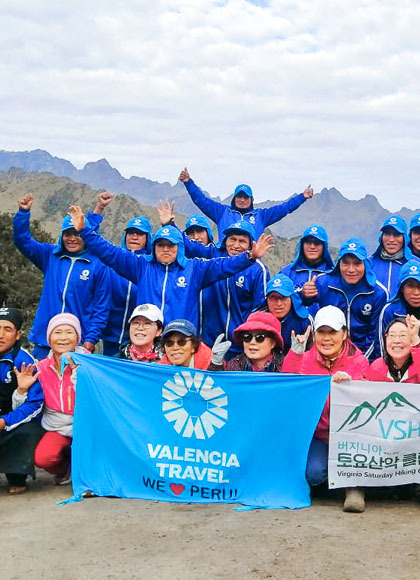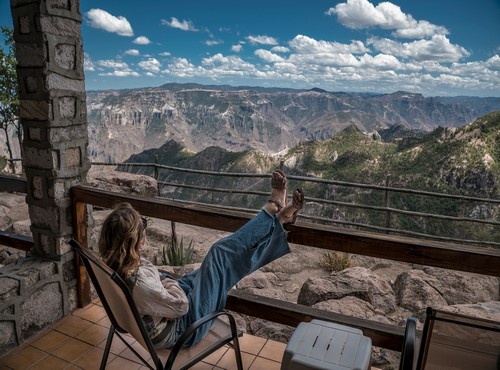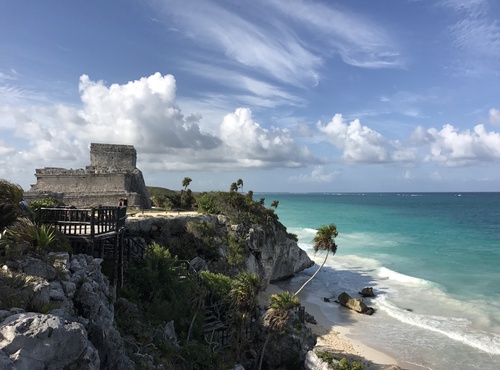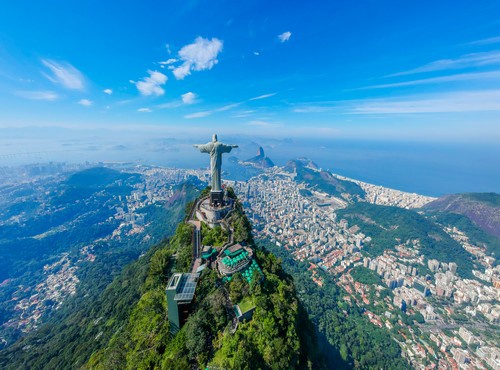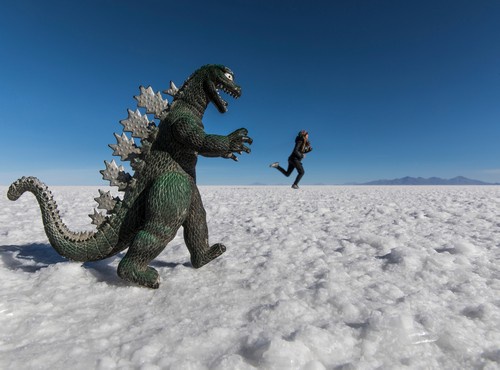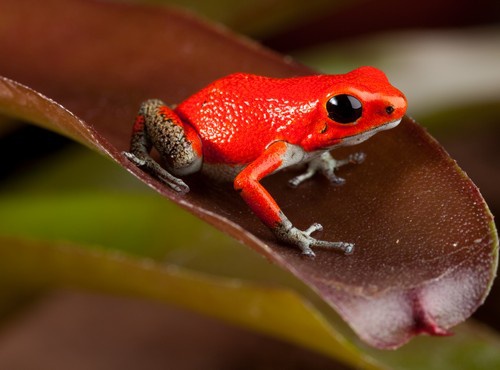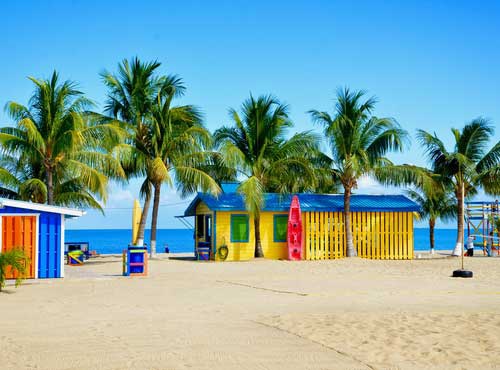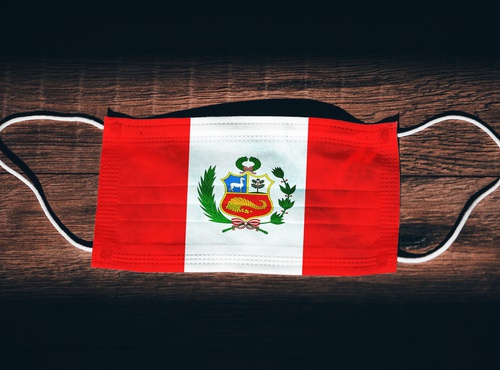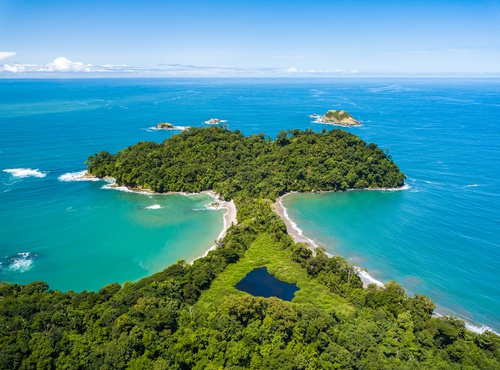
Written by:undefined undefined
Published: 15-09-2022
Bolivia is a wild terrain forming part of the backbone of the mighty Andes; Bolivia is now a firm favorite on the traveler's route through South America. The country is blessed with fascinating histories of pre-Incan and Incan empires, colonial explorations, mining and more; the country rarely fails to impress. Here is our pick of the best places to visit in Bolivia.
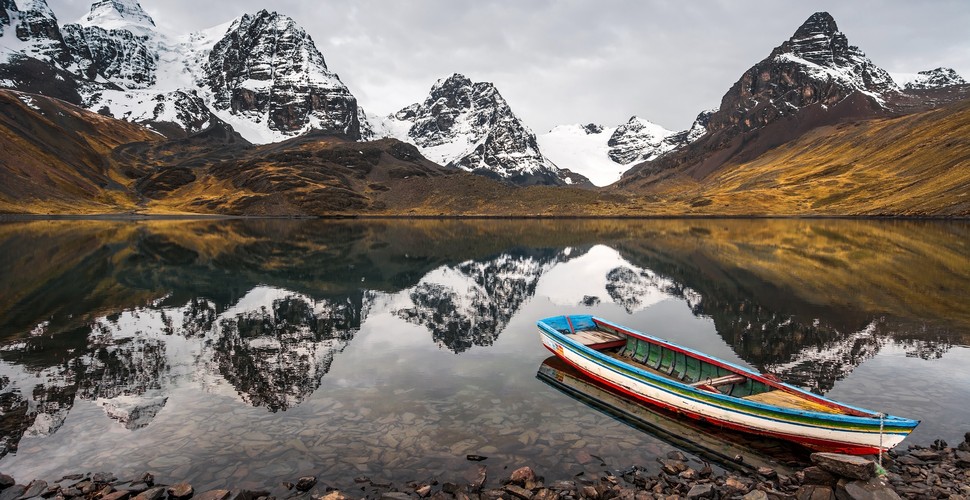
Condoriri Peak
Salar de Uyuni
Wrap warm for a trip to Uyuni, the last bastion of Bolivian civilization before the vast rolling southern salt flats. Howling winds and low temperatures will accompany you on your adventure to the most extensive salt flats on the planet. Travelers arrive in their droves to witness the great white expanse of the Salar de Uyuni. Andean flamingos pepper the colorful lakes, and Incahuasi Island rises in a mass of crooked cacti and crags; it is a magnificent otherworldly sight to behold!
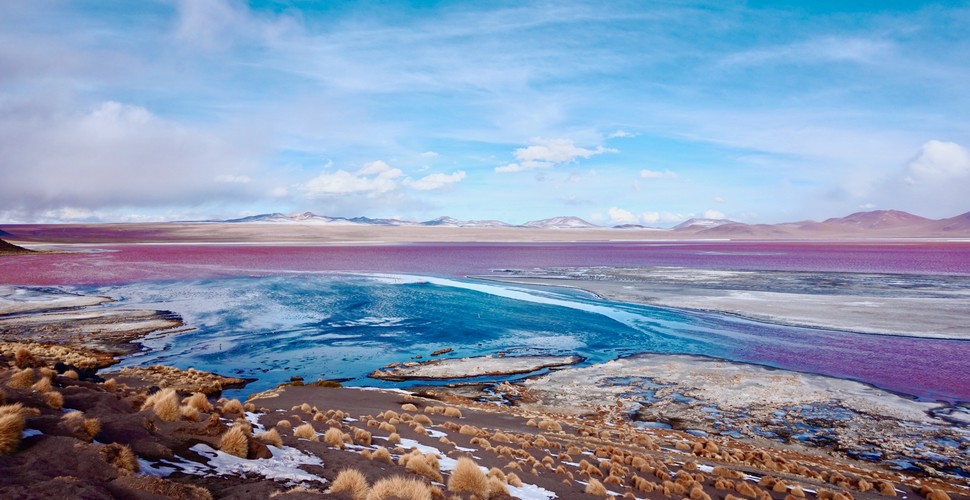
Eduardo Avaroa Park
Lake Titicaca
With half in Peru and the other in Bolivia, it's easy to see how this vast body of water is the largest lake in South America and the highest navigable lake in the world. Many islands span its deep-blue surface on both sides of the border; Bolivia is claiming the stunning Isla del Sol (the birthplace of the sun in pre-Columbian belief), where ancient remnants like the Pilco Kaima and Kasa Pata mix with carved terraces of high-elevation plants, locals in colorful traditional dress and the ever-present fluffy llamas.
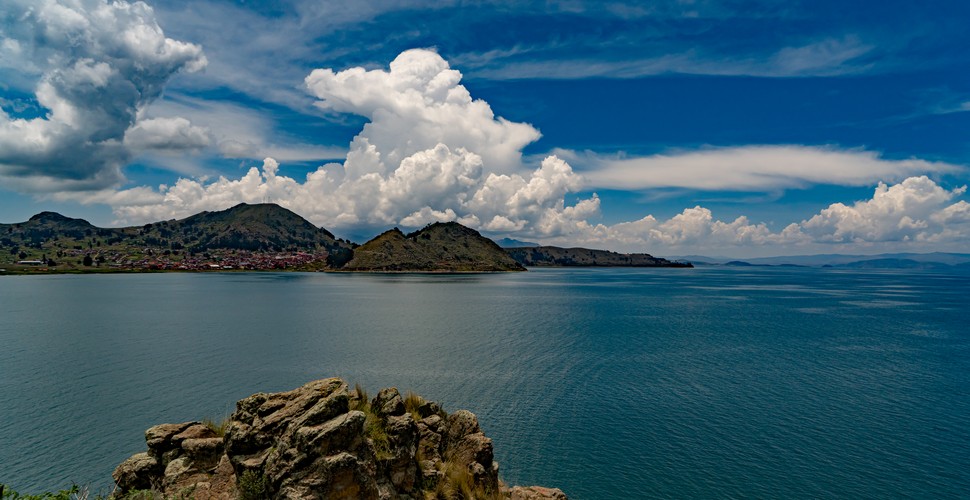
Lake Titicaca
Tiwanaku
Found on the dry and dusty plains that roll between the Andes and the Pacific Ocean, the archaeological site of Tiwanaku is an absolute must for any culturally and historically interested travelers making their way through Bolivia. Hailed as some of South America's most fascinating pre-Columbian ruins, this collection of monolith gates and subterranean temples tells the secrets of a virtually unknown civilization. They were first discovered in the 1500s by Pedro Cieza de Leon and are now thought to represent the last remaining vestige of the epicenter of the mighty Tiwanaku Empire, once a power that extended from Bolivia to Chile and Peru.
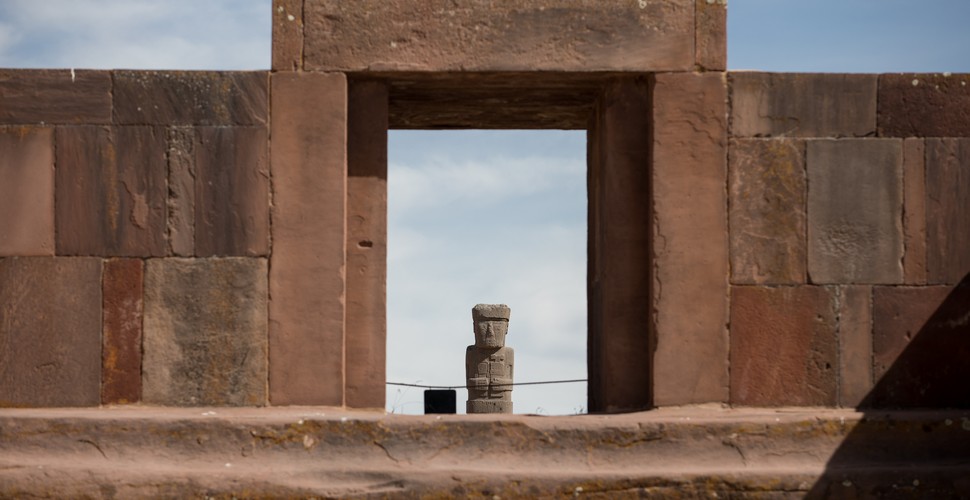
Tiwanaku
La Paz
Nuestra Senora de La Paz is now the bustling unofficial capital of Bolivia. After the decline of silver-rich Potosi in the south, this city grew and grew, booming with an influx of Altiplano peoples and revolutionaries eager to push through the proclamations of one Pedro Domingo Murillo. Today, that city has sprawled outwards into the Cordillera Real, cascading down the Andean ridges. The center is still complete with colonial beauty on Plaza Murillo and Calle Jaen, while markets overflow on Sagarnaga Street, and the cable car climbs the hillside to El Alto.
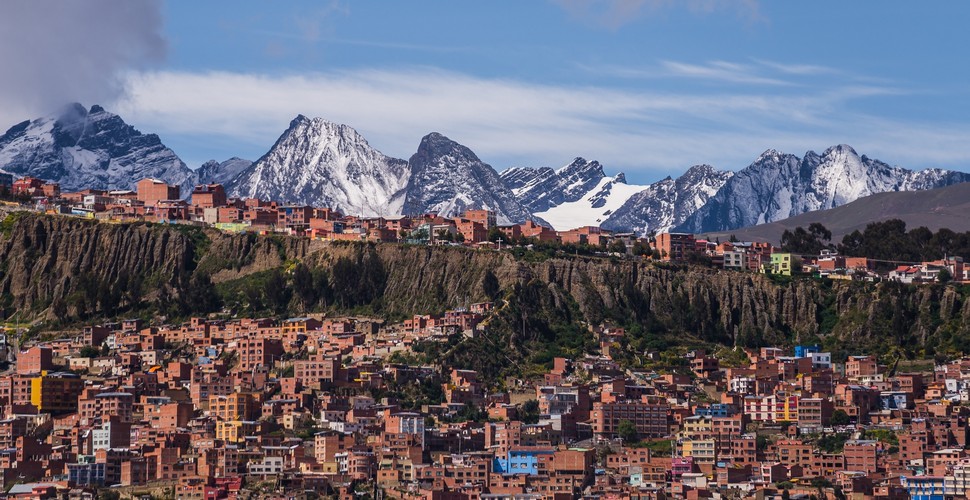
La Paz
Coroico
The verdant hillsides of the Cordillera Real, with the meandering roadways of the Yungas, will take you to Coroico, with terracotta rooves and stone buildings sitting above the deep-green shades of the cloud forests and jungle that surround it. An icon for laid-back Bolivian living, the town draws travelers with its magnificent panoramas of the Andes: valleys of rolling coffee farms and lemon woods, river-carved gorges and even snow-mantled mountaintops on the horizon.
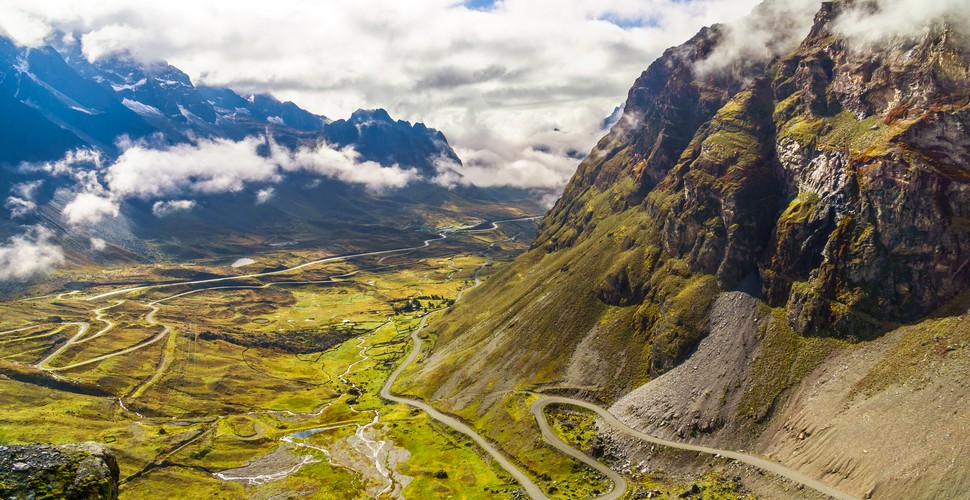
Coroico Valley
Samaipata
Samaipata is nestled between the dry eastern ridges of the Bolivian Andes, just a stone's throw from Santa Cruz. A small and sleepy backwater town that's slowly becoming a favorite traveler stop-off, the cobbled streets and charming painted cottages ooze with the charm of days gone by. Samaipata's main attractions are the mysterious El Fuerte stones, steeped in Guarani, Arawak and Incan histories alike, or don your hiking boots and delve into the cloud forests of Amboro, which lie just to the north of town.
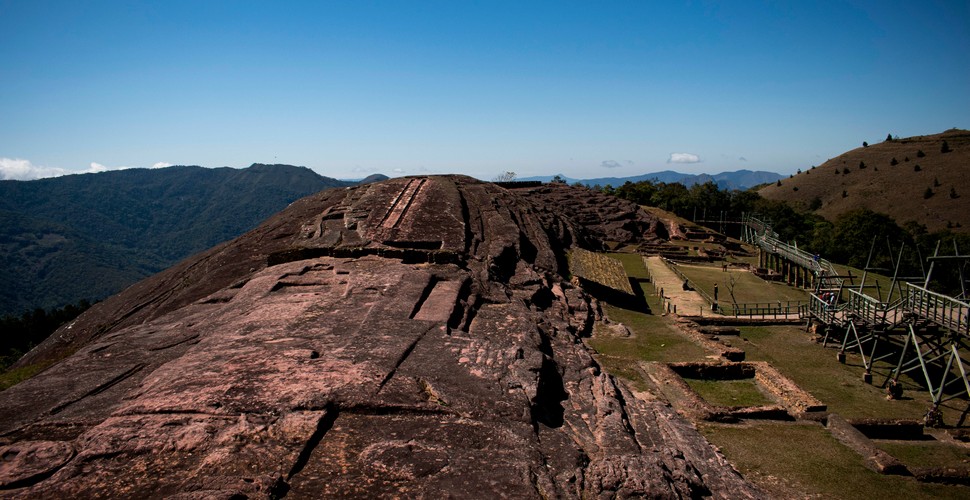
Samaipata
Sucre
Sucre enjoys the prestigious position as Bolivia's official capital, not to mention year-round highland breezes that keep the temperatures cool, with a small population of inhabitants and the government and state houses have all relocated to La Paz on the edge of the Cordillera Real, Sucre still maintains the regal charm of days gone by. During the colonial years, the center was flooded with rich mansion builders from nearby Potosi, raising the gorgeous whitewashed homes and Baroque buildings found around Plaza 25 de Mayo. Then came independence, and this UNESCO spot was where Bolivia's revolution began. The rest, as they say, is history!
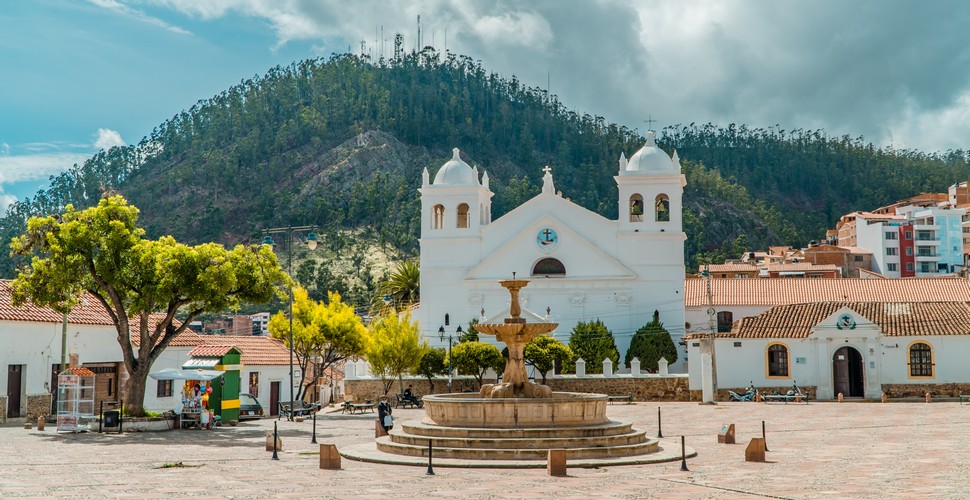
Sucre
Madidi National Park
A delicate balance between backpacker, hiker hub and backwater Bolivian town has been formed at Rurrenabaque, where the giant trunks and cacophonous tropical noises of the South American rainforest echo amidst the low-rise cottages and coffee-scented plazas. As the gateway to the wilds of Madidi National Park of the upper Amazon, the town has proved a magnet for outdoors enthusiasts and ecotourists. Head west to the ziplines and monkey-dotted canopies of the ancient rainforests across the Beni River. Others will head east to the outback town of Santa Rosa and the pampas, where alligators patrol the banks and anacondas lurk in the swamps. A nature-lover's paradise!
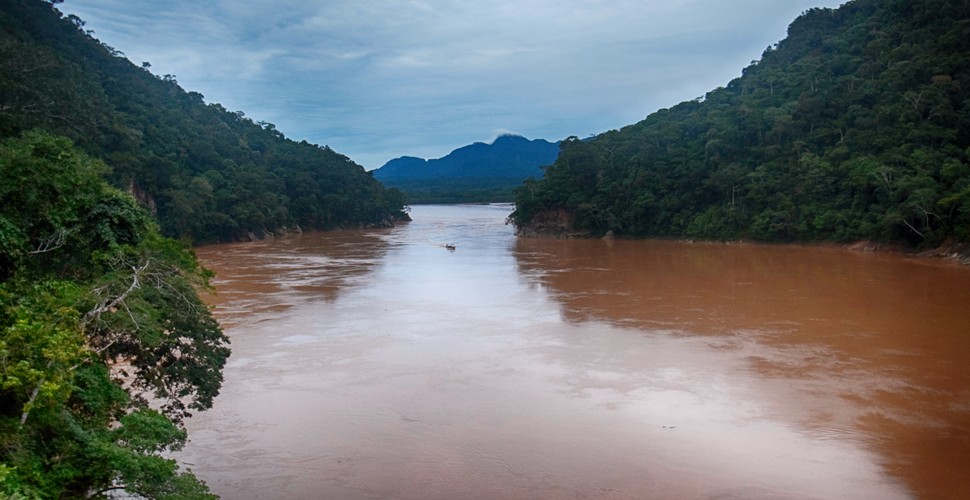
Madidi National Park
Tarija
Dotted with palm trees and kissed by the warm tropical breezes of the Bolivian south, Tarija remains relatively off-the-beaten-track. Tourists rarely plan to visit the Spanish-influenced Tarija; however, its real draw has to be its location on the edge of one of Bolivia's most prolific wines growing regions: the Central Valley of Tarija. Some vineyards hail in as the world's highest, and countless cellars offer tasting sessions throughout the year.
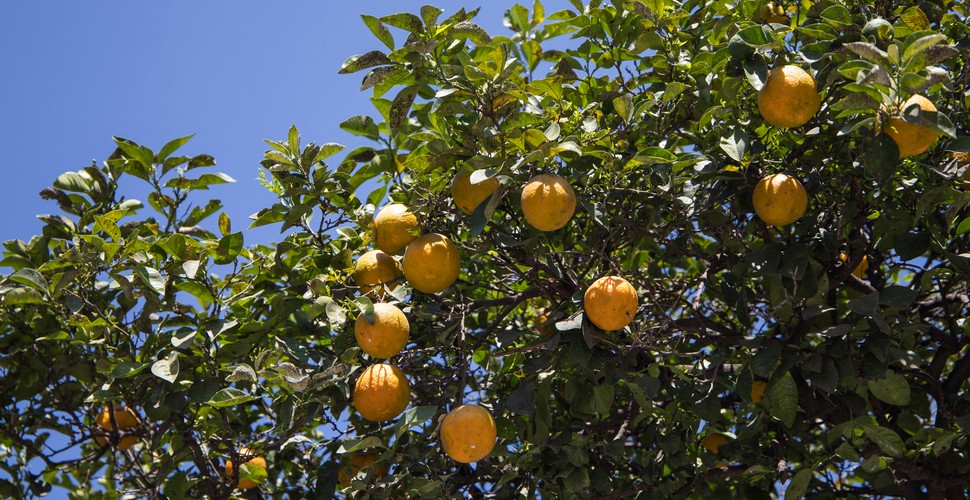
Lemon Tree, Tarija
Potosi
The boomtown that once brought great wealth to South America's former Spanish masters, Potosi, is now hailed as a UNESCO World Heritage Site. Standing tall against the city's multi-colored barrios of low-rise miner homes and the whitewashed tower of the iconic Potosi Mint is the famous Cerro Rico, the cone-shaped hill whose riches just kept producing. Silver was extracted from the shaft mines here for decades, funding wars and explorations and ambitious colonial builds right across the continent; however, today, travelers come to see the miners still at work, weave through the old town and seek out the picturesque attractions such as the Potosi Cathedral, crowning the center of one of the highest urban centers on the planet!

Miner in Cerro Rico






